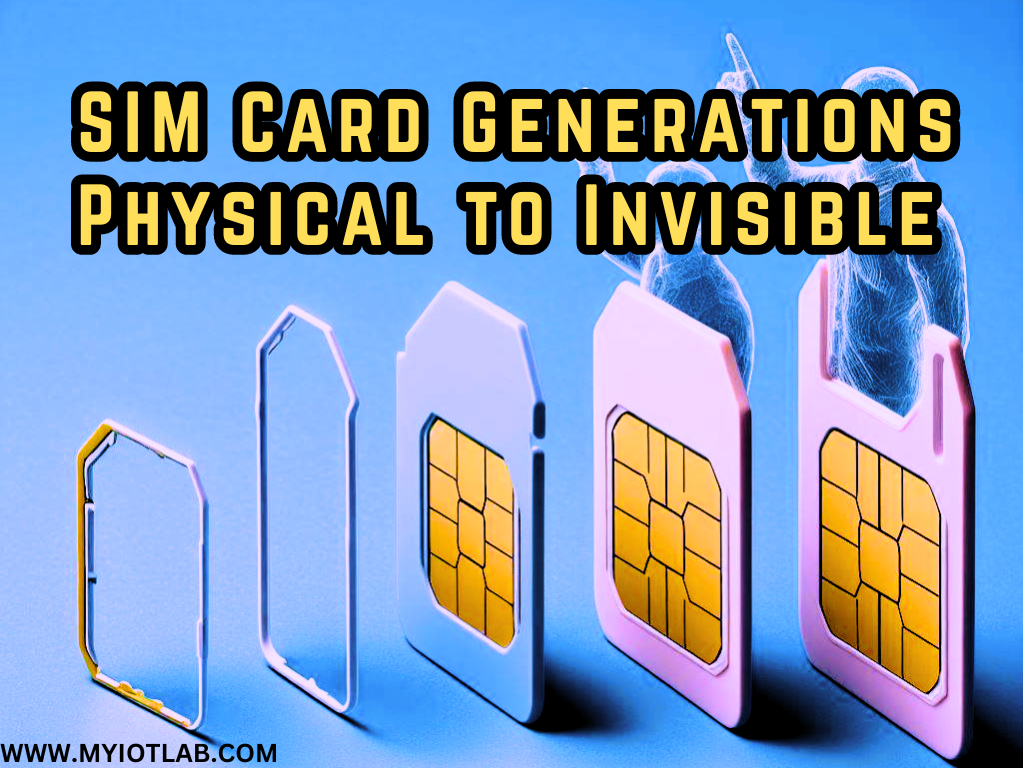SIM Card Generations Physical to Invisible eSIM

SIM Card Generations Physical to Invisible eSIM
What is a SIM Card?
[wp_code title=”resisorcode”]
Full Form of SIM cards Subscriber Identification Module are a pivotal component of mobile communication technology, that is serving as the bridge between a mobile device and the cellular network. As technology advances, SIM cards have evolved into various generations, each offering different capabilities and functionalities. SIM Card Generations Physical to Invisible eSIM
SIM Card Generations Physical to Invisible eSIM
First Generation: Full-Size SIM
The first generation of SIM cards, full-size SIM or 1FF (1st Form Factor), was introduced in the early 1990s. These cards were the size of a credit card and were mostly used in car phones and early portable cell phones.
Second Generation: Mini-SIM
As mobile phones became smaller, the need for a more compact SIM led to the Mini-SIM (2FF) development. Introduced in the late 1990s, this generation significantly reduced the size of the SIM while maintaining the same contact arrangement as the full-size SIM.
Third Generation: Micro-SIM
The next evolution came with the Micro-SIM (3FF), which was introduced in the early 2000s. It retained the core functionalities but was further reduced in size to accommodate the sleeker, more compact smartphone designs.
Fourth Generation: Nano-SIM
The Nano-SIM (4FF) is currently the smallest form factor in widespread use. Released in the mid-2010s, it reduced the size and thickness compared to Micro-SIMs. The Nano-SIM keeps the contact area the same but trims the excess plastic.
Fifth Generation: Embedded SIM (eSIM)
The latest innovation is the eSIM or embedded SIM. This isn’t a physical card but a small electronic chip soldered directly onto the device’s motherboard. eSIMs can be reprogrammed to change network providers, making it easier for users to switch carriers and service plans.
The Future: The Integrated SIM (iSIM)
While not commercially available yet, the next anticipated step is the iSIM. This technology aims to integrate the SIM functionality directly into the device’s processor, thus saving more space for other components and potentially increasing security.
SIM card technology has followed the trajectory of mobile devices, becoming smaller and more flexible to meet the demands of modern communication. With each generation, SIM cards have contributed to the miniaturization of mobile devices and the convenience of mobile communication. SIM Card Generations Physical to Invisible eSIM

